Understanding the context of artificial intelligence is pivotal in navigating its complexities. I, along with my co-hosts Omar Gawad and Alain Picard, had the pleasure of engaging in a thought-provoking discussion with Dr. Raj Ramesh, a leading expert in AI and data strategy. Raj has been on my radar to interview for over a year now, and for good reason. He has a unique talent for taking complex concepts, contextualising them, and creating simple visualisations that enhance understanding.
In our conversation, we explored the multifaceted landscape of AI implementation, the role of enterprise architects, and strategies for navigating organizational change. This blog post aims to capture the essence of our discussion, highlighting key insights and actionable strategies for leaders and professionals looking to effectively integrate AI into their operations. Let's get started
What Makes AI Implementation So Complex?
One of the primary challenges organizations face when adopting AI is its inherent complexity Raj emphasized that AI is more than just technology; it's a multidimensional discipline that intersects with various facets of an organization. Successfully implementing AI requires a comprehensive understanding of processes, organizational culture, and strategic alignment.
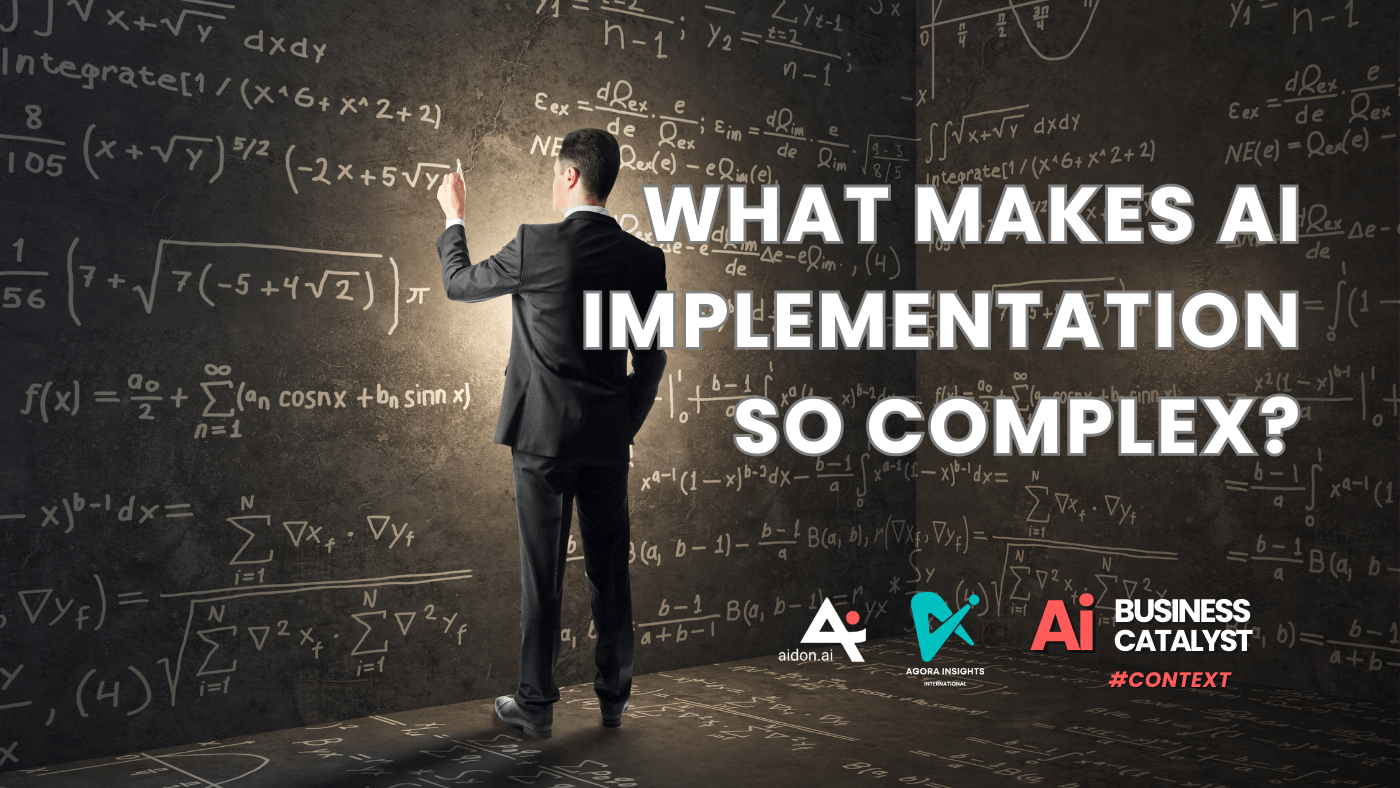
The Multidimensional Nature of AI
AI's complexity arises from its intersection with multiple domains:
- Technological Infrastructure: The hardware and software required to develop and deploy AI solutions.
- Process Integration: Modifying or redesigning business processes to incorporate AI effectively.
- Organizational Culture: Shifting mindsets to embrace AI as a tool for enhancement rather than a threat.
- Change Management: Guiding teams through transitions and ensuring seamless adoption.
Raj pointed out that many organizations mistakenly focus solely on the technological aspect, neglecting the broader context that influences AI's success.
Visual Storytelling: Simplifying Complexity
A standout technique Raj employs is visual storytelling. He believes that using visual representations such as diagrams and sketches can simplify complex topics, making them more accessible. By contextualizing AI concepts through visual means, leaders can communicate effectively with their teams, fostering a shared understanding.
"Visuals help create a common mental model," Dr. Ramesh explained. "They bridge the gap between complex ideas and actionable insights."
He shared anecdotes from his personal life experience, illustrating how visual storytelling not only clarifies messages but also encourages collaboration.
What Role Do Enterprise Business Architects Play in Contextualizing AI?
Enterprise architects play a pivotal role in bridging the gap between AI technology and business strategy. He likened their function to providing a roadmap, much like how a map guides a traveler from one location to another.
Capability Maps and Process Diagrams
By creating capability maps and process diagrams, enterprise architects help organizations visualize where AI can add value. These tools contextualize AI within the organization's existing framework, identifying areas for enhancement.
For example, a capability map might reveal that customer service processes could benefit from AI-driven chatbots, while process diagrams can pinpoint where AI can streamline operations.
Aligning AI with Business Strategy
Raj stressed the importance of aligning AI initiatives with the organization's strategic goals. Without this alignment, AI projects risk becoming isolated experiments that fail to deliver meaningful value.
"It's essential to start with the business problem, not the technology," he advised. By understanding the contextual challenges the organization faces, leaders can deploy AI solutions that address specific needs.
How Do We Overcome Human and Organizational Barriers to AI Adoption?
A significant portion of our discussion centered on the human and organizational barriers to AI adoption. Fear of job displacement, resistance to change, and lack of strategic clarity are common obstacles.
Addressing Fear and Resistance
Employees often fear that AI will render their jobs obsolete. Raj acknowledged this concern and emphasized the need for transparent communication.
"Leaders must create an environment where employees feel empowered to adapt and upskill," he said. By involving team members in the AI journey, organizations can mitigate fear and foster a culture of learning.
Building a Culture of Continuous Learning
Organizations should invest in upskilling initiatives, providing training and resources to help employees embrace AI tools.
Dr. Ramesh noted, "A culture of continuous learning enables organizations to stay ahead in the evolving AI landscape. It's about preparing your workforce for the future."
Leadership's Role in Contextualizing Change
Leadership must contextualize AI within the organization's broader mission. By articulating how AI initiatives align with strategic objectives, leaders can inspire confidence and encourage adoption.
How Can Organizations Transition from Experimentation to Strategic AI Implementation?
Moving from experimentation to strategic implementation is crucial for organizations seeking to harness AI's full potential.
Intentional AI Adoption
Raj emphasized the importance of intentionality in AI adoption. Rather than implementing AI for its own sake, organizations should deploy AI solutions that address specific business challenges.
"Understand the 'why' behind your AI initiatives," he advised. "Contextualize them within your strategic goals."
From Experimentation to Execution
Many organizations are stuck in the experimentation phase, dabbling with AI tools without a clear plan. He highlighted the need to transition from isolated experiments to cohesive strategies that scale.
He suggested:
- Identifying Clear Objectives: Define what success looks like for your AI initiatives.
- Prioritizing Use Cases: Focus on areas where AI can have the most significant impact.
- Scaling Gradually: Start with pilot projects and expand as you learn and adapt.
The Blue Ocean Strategy and AI
We explored the Blue Ocean Strategy, which encourages businesses to seek untapped market spaces rather than competing in saturated markets. He discussed how AI can enable organizations to innovate and differentiate themselves.
For instance, by leveraging AI to develop new products or services that address unmet customer needs, organizations can create 'blue oceans'—uncontested market spaces ripe for growth.
Will AI Enhance or Hinder Human Creativity?
A particularly inspiring aspect of our conversation was Raj's perspective on AI's impact on human creativity.
AI as an Enabler of Innovation
Contrary to fears that AI might stifle imagination, Raj believes that AI can amplify human creativity.
"AI tools can handle repetitive tasks, allowing humans to focus on strategic thinking and creative problem-solving," he explained.
By freeing up time and providing advanced analytical capabilities, AI enables professionals to explore new ideas and innovate more effectively.
Collaboration Between Humans and AI
Raj underscored the importance of viewing AI as a collaborator rather than a competitor.
"The synergy between human intuition and AI's computational power can lead to breakthroughs," he said.
This collaborative approach leverages the strengths of both humans and AI, leading to enhanced outcomes.
Embracing a Hybrid Future
As AI technologies continue to evolve, he emphasized the need for organizations to adopt a hybrid approach that combines technological advancements with human expertise.
"By embracing both AI and human contributions, organizations can unlock new levels of innovation and growth," he noted.
Key Takeaways
Here are the key points from our conversation:
- Context Matters: Always consider the broader organizational context when implementing AI.
- Visual Communication is Powerful: Use visual tools to simplify and communicate complex AI concepts.
- Align AI with Business Strategy: Ensure AI initiatives support and enhance business goals.
- Address Human Factors: Tackle fears and resistance by fostering a supportive culture and investing in upskilling.
- Adopt a Strategic Approach: Move from experimentation to execution by prioritizing use cases and scaling gradually.
- Leverage AI for Innovation: Use AI to free up human creativity and explore new opportunities.
- Collaborate with AI: View AI as a partner that complements human abilities, leading to greater innovation.
Conclusion
Raj's ability to contextualize complex AI concepts and present them in an accessible manner underscores the critical importance of understanding context in AI implementation.
As we navigate the complexities of AI integration, keeping context at the forefront is essential. By appreciating the broader organizational context and aligning AI initiatives with strategic objectives, organizations can unlock AI's full potential.
For leaders and professionals embarking on their AI journey, Dr. Raj Ramesh's insights offer a valuable roadmap. By focusing on communication, collaboration, and contextual understanding, we can harness AI to drive innovation and achieve sustainable growth.
Connecting With Us...

To get biweekly videos and interviews from leaders around the world, why don't you try connecting to our Architecting AI for Business Newsletter
Want to access more content, connecting with the Inner Circle is recommended
Just a reminder that Agora Insights and now Aidon.ai open up a world of learning and AI-Assisted Solutions for Business Architects, Analysts, Strategists, and Business Leaders. Contact us for a demo.
To watch more videos, visit YouTube.
Interested in business architecture and business analysis certification, corporate and AI training?
Go to our website www.agorainsights.com
Connect with Deirdre Caren on LinkedIn
Connecting with Dr. Raj Ramesh
Social Links:
Books:
AI & You: How to Think, Transform, and Thrive in an Artificial Intelligence Future
Post sponsored by Agora Insights Ltd


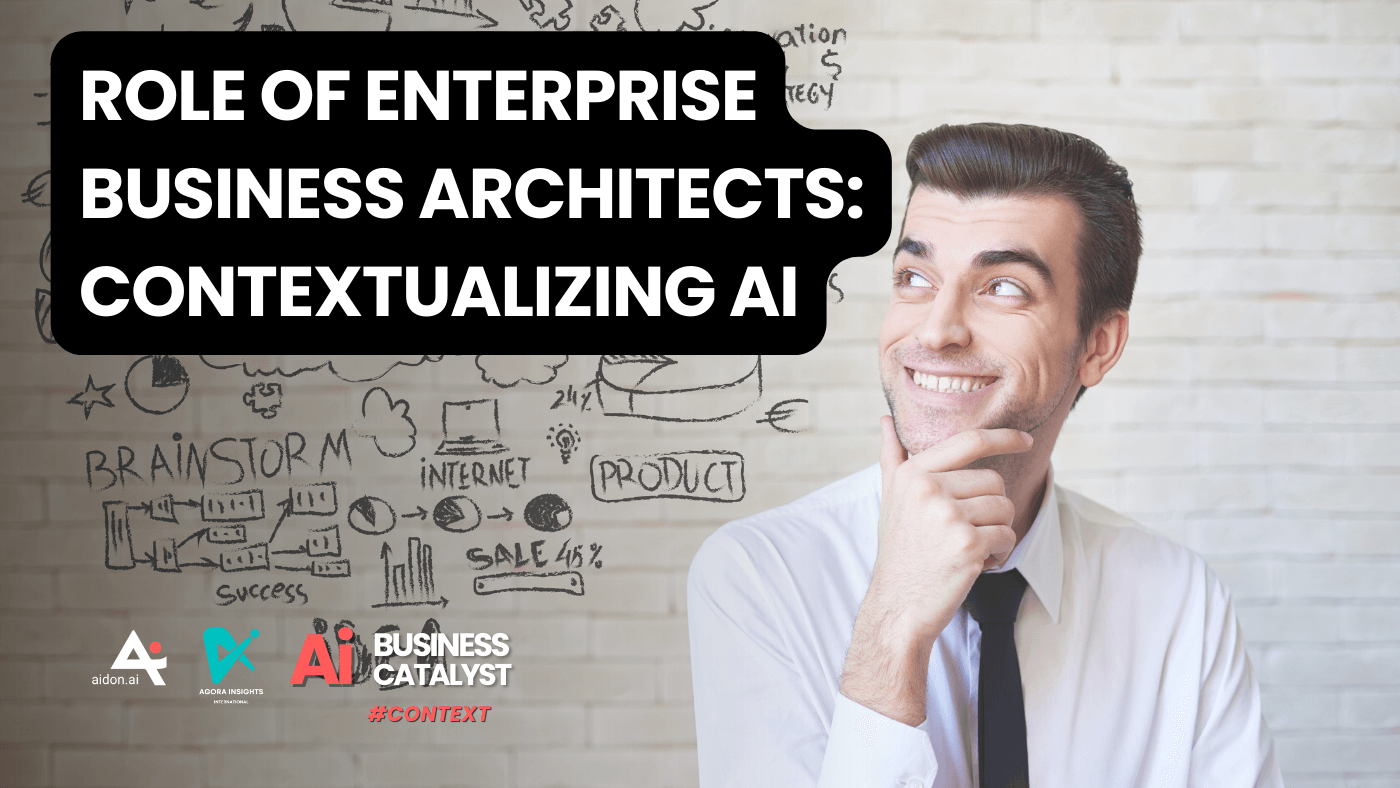
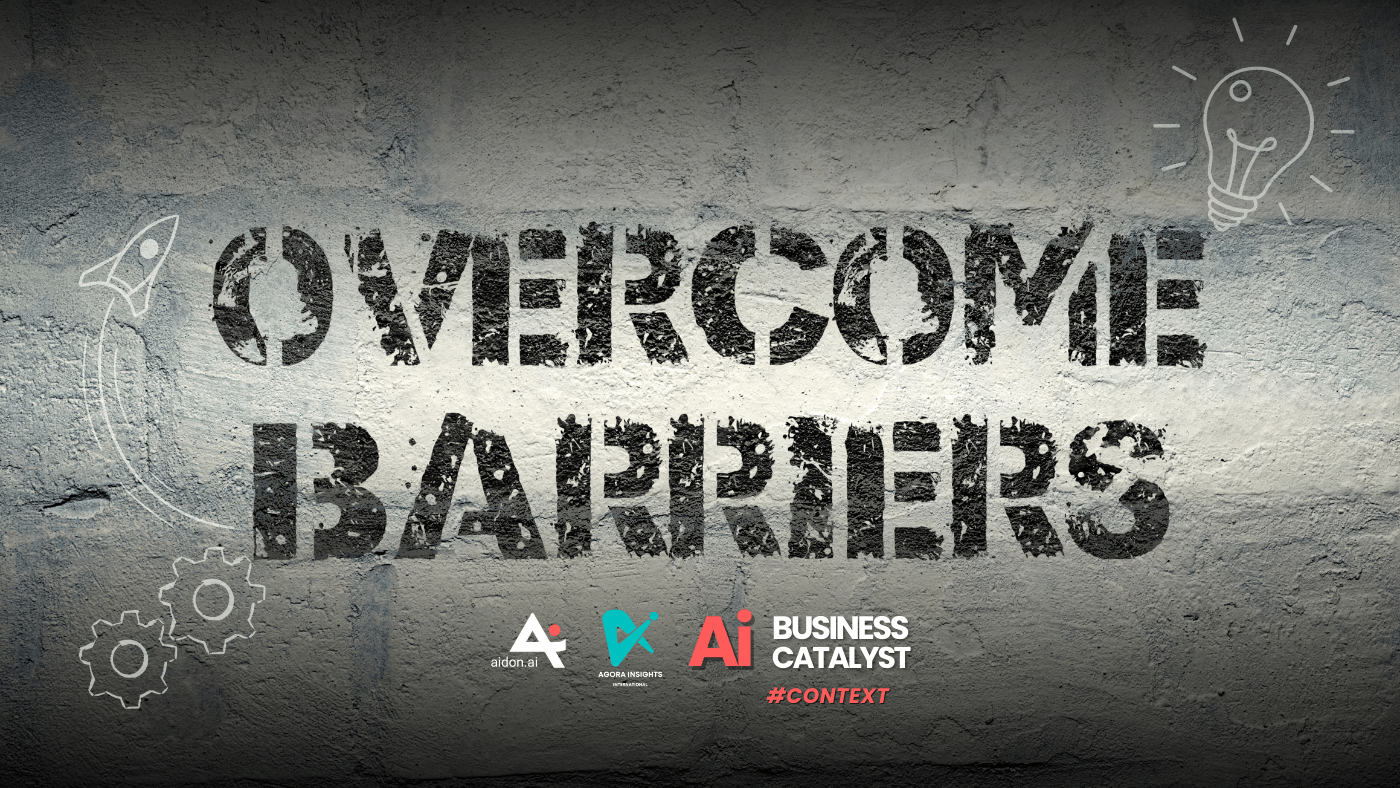
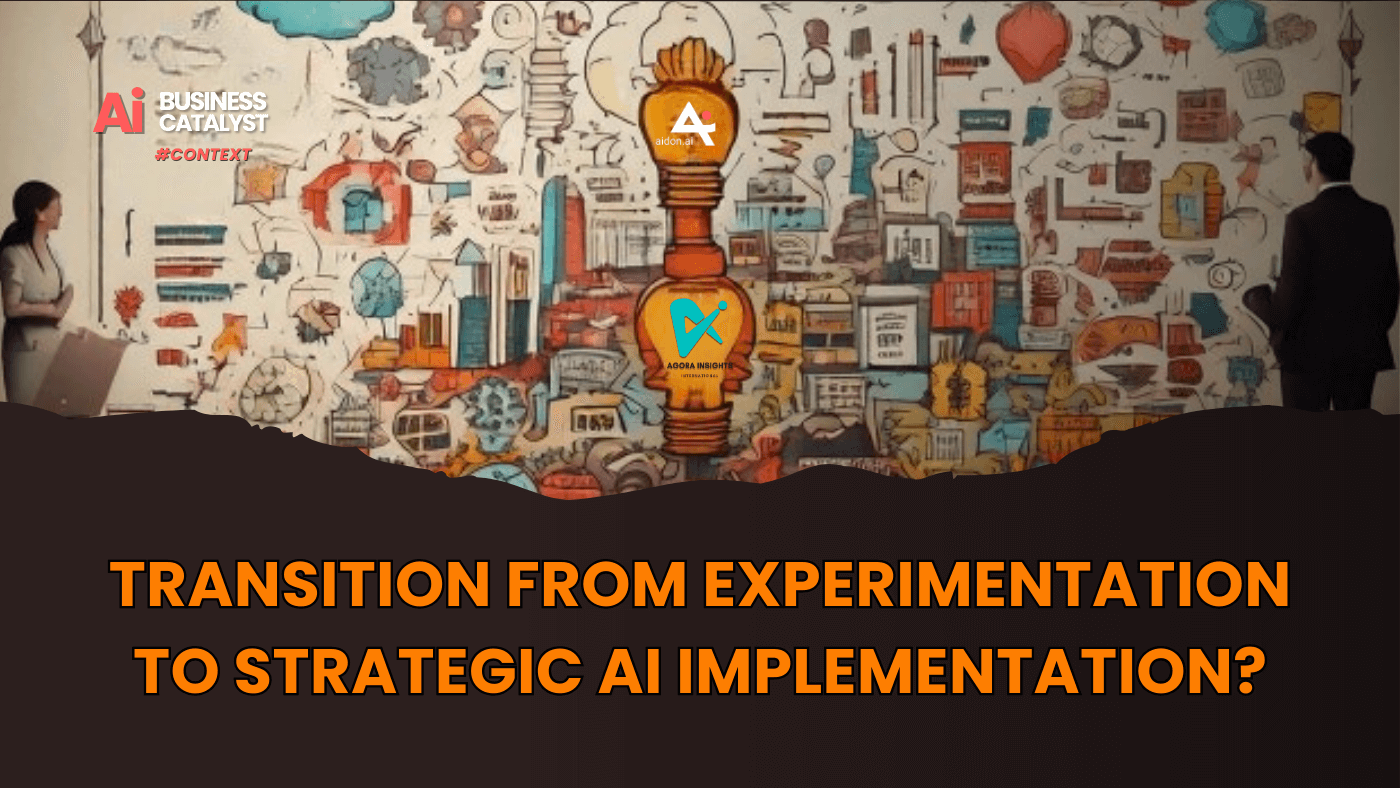
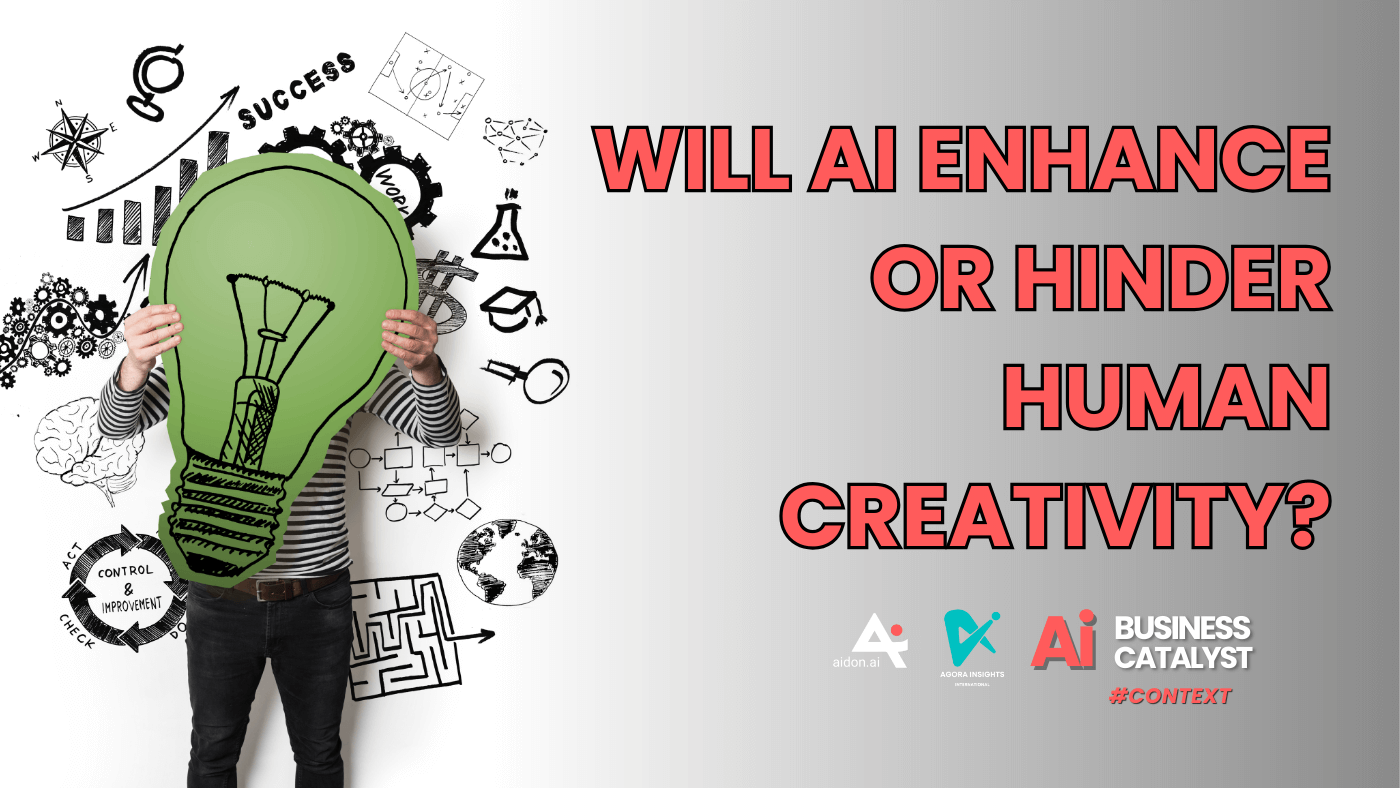
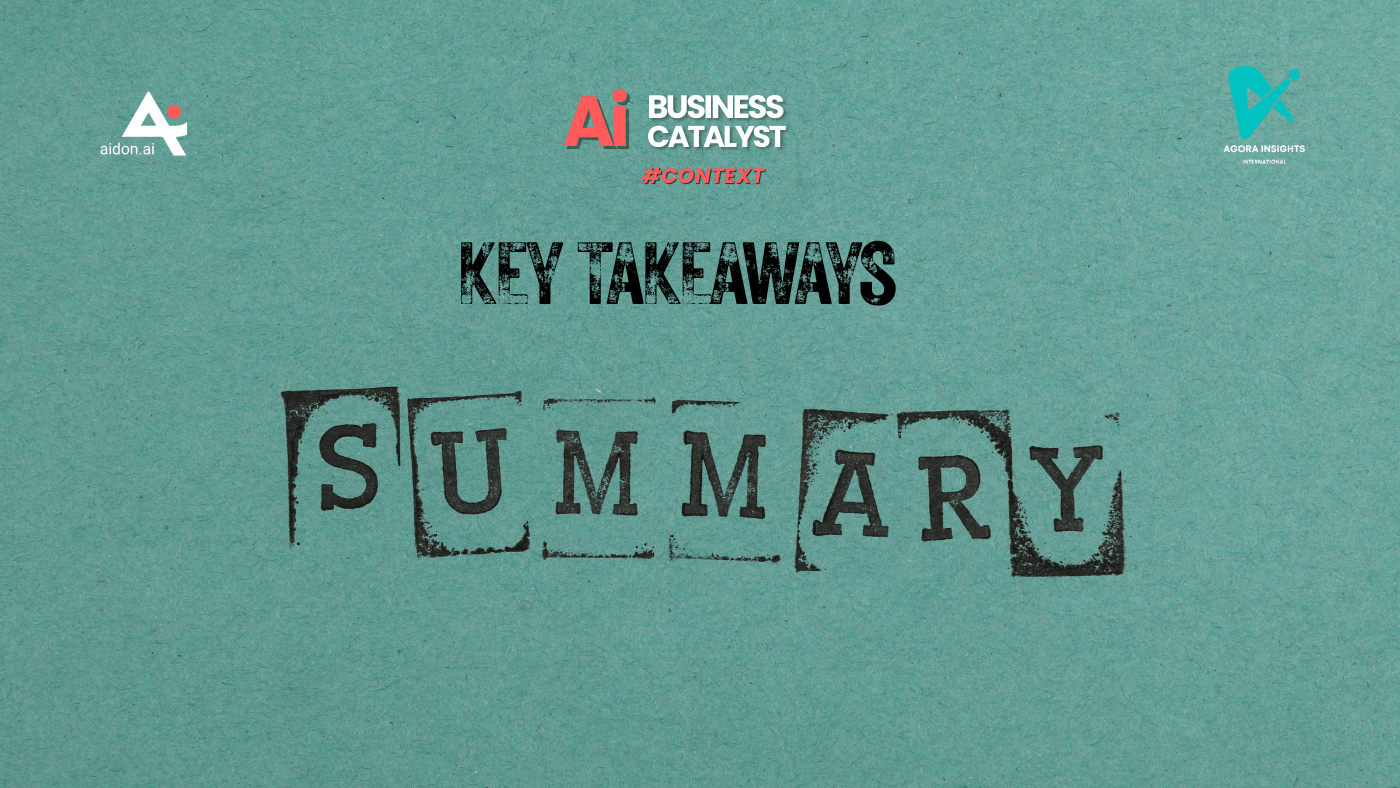
Post a Comment